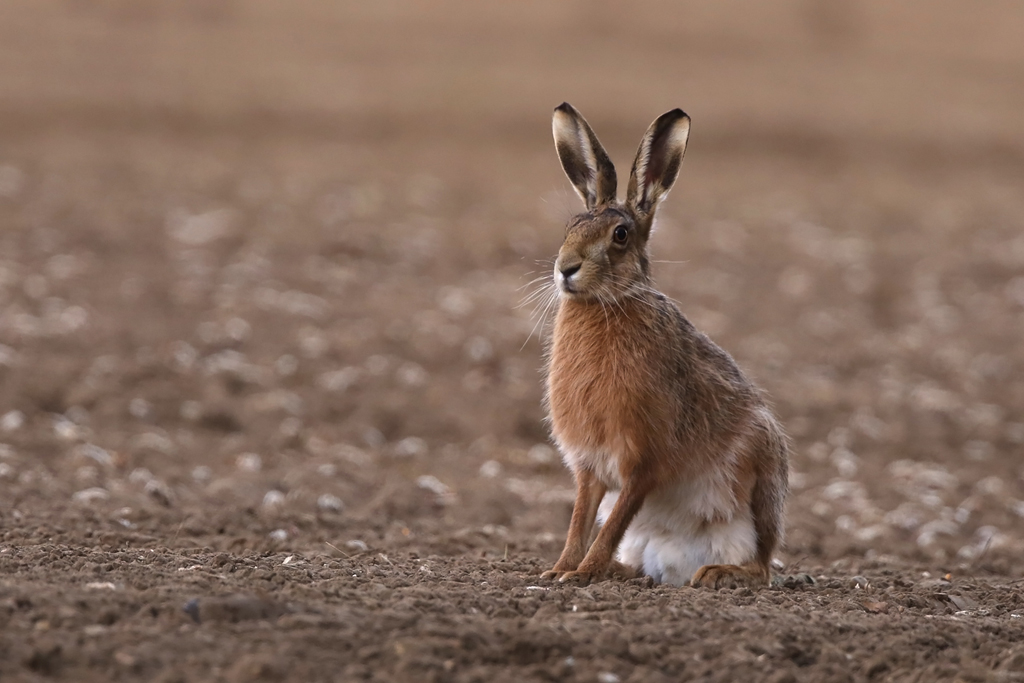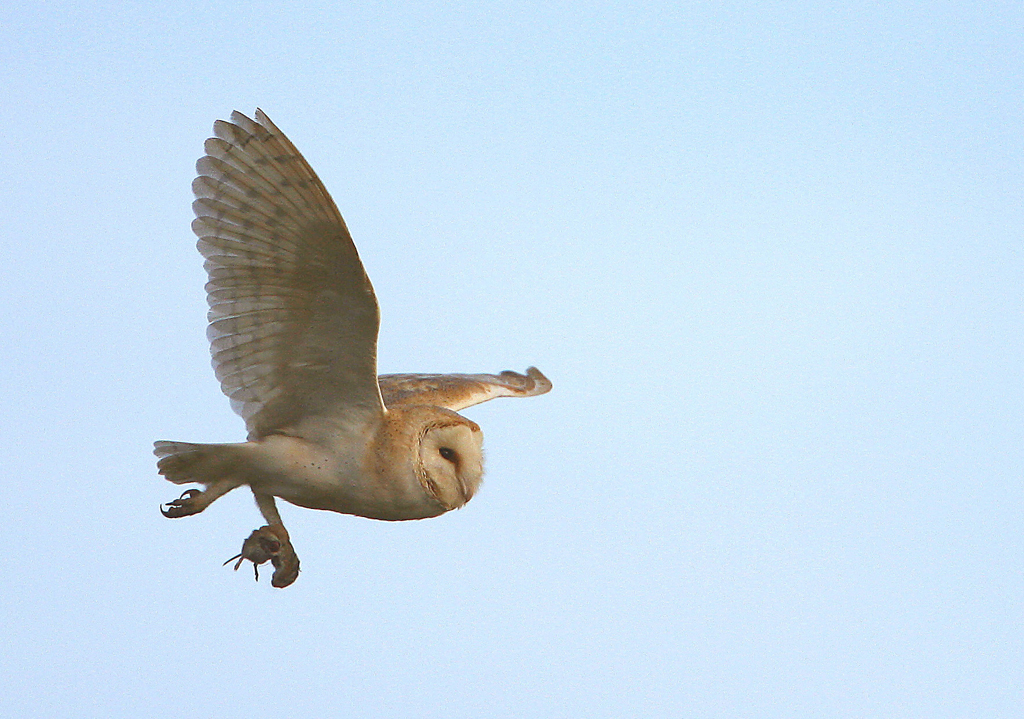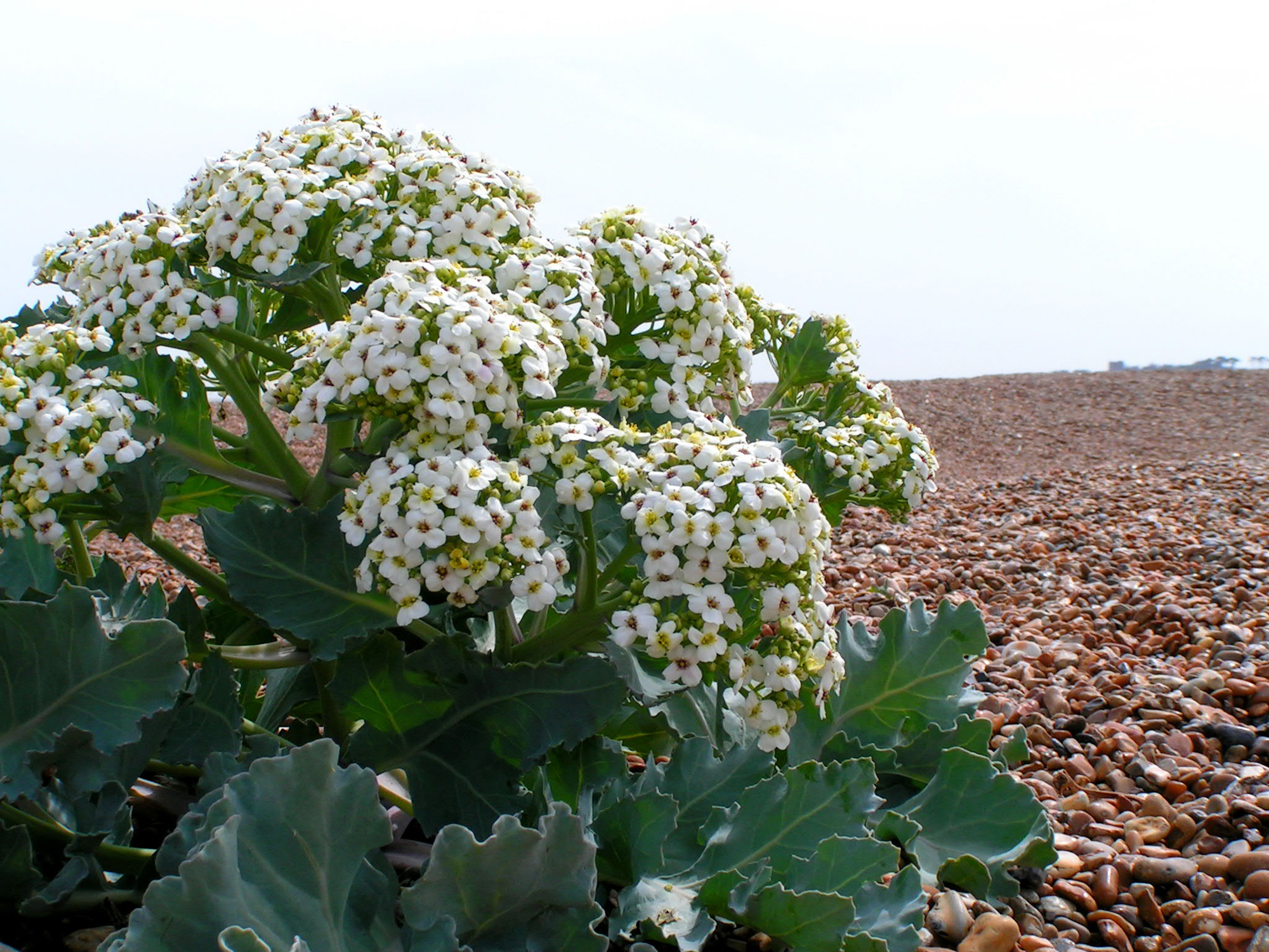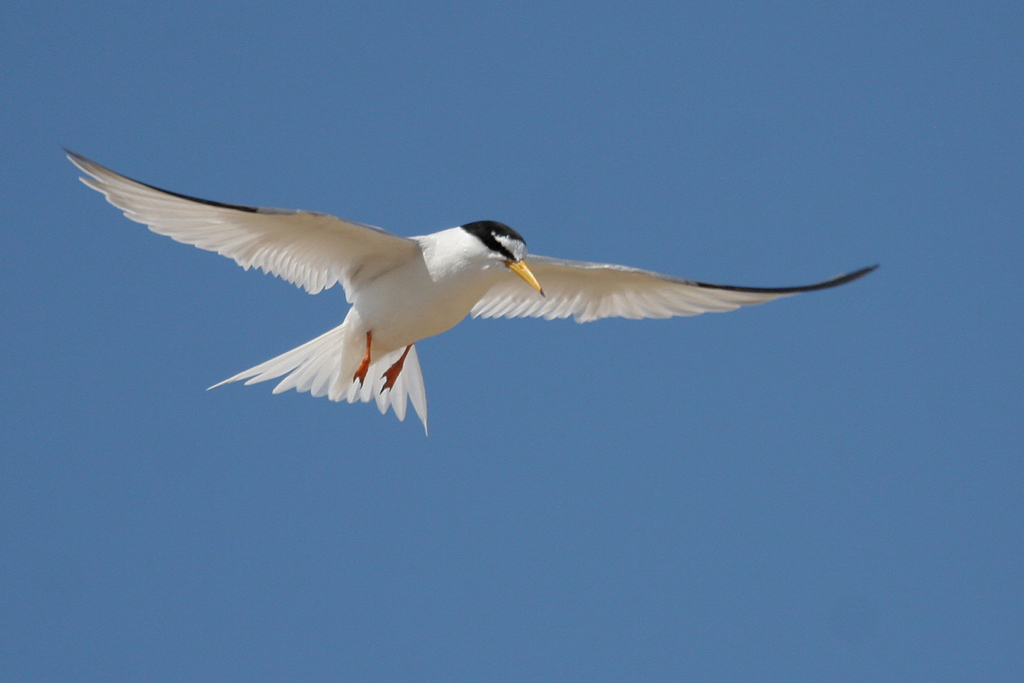Village Voices Nature Note: Daffodil Time
01 Mar 2022
Florists make great play of the tradition of birthday flowers so that they have something new to promote each month, but some of their monthly choices seem at odds with the actual emergence of wild flowers through the seasons. Carnations in January, for example? I look out for aconites and snowdrops then, but we can surely all agree that March’s flower has to be the daffodil. 1 March is officially the first day of spring, whatever the weather, and there will be plenty of daffodils already sporting their yellow glory on that date. It is also St David’s Day and the daffodil is the national flower of Wales. The Welsh name for a daffodil translates as Peter’s Leek and the Welsh are supposed to sport both plants that day – though one imagines the daffodil might prove the more fragrant buttonhole. Most of our daffodils are cultivated varieties but there are still some genuinely wild ones in Britain, sadly now limited to relatively few sites.
The wild ones are smaller and daintier than the cultivars with a characteristic two-tone effect of paler petals surrounding a darker yellow trumpet. They used to flourish widely in damp meadows and old woodlands, many of which have now been destroyed for development, but you can still see them at various sites in SW England and we have a wonderful local display here in Butley Woods. The most famous wild daffodils, however, must be those in the Lake District, which were celebrated in William Wordsworth’s poem, I wandered lonely as a cloud. Wordsworth was inspired to write this by a walk he took with his sister Dorothy in 1802 at Ullswater, where they delighted in the glorious profusion of daffodils along the lake shore:
Ten thousand saw I at a glance
Tossing their heads in stately dance
The poem is a national favourite, but what may be less well known is that William cribbed some of his best lines from his sister Dorothy’s diary notes. Poetic licence? Or sexist sibling rivalry?
Matching flowers to months is becoming more difficult. William and Dorothy’s epiphany was in April not March. Scientists have calculated that as the climate heats up plants are now flowering 42 days earlier on average than on the same date before 1986. Nice in a way, but this creates serious disruptions to nature’s careful synchronisation of things like the hatching of bird chicks with the emergence of caterpillars, while farmers could lose a whole crop of flowering fruit trees to a late frost. Maybe the florists will prove right and we will one day have wild carnations blooming in January, but be careful what you wish for.
The wild ones are smaller and daintier than the cultivars with a characteristic two-tone effect of paler petals surrounding a darker yellow trumpet. They used to flourish widely in damp meadows and old woodlands, many of which have now been destroyed for development, but you can still see them at various sites in SW England and we have a wonderful local display here in Butley Woods. The most famous wild daffodils, however, must be those in the Lake District, which were celebrated in William Wordsworth’s poem, I wandered lonely as a cloud. Wordsworth was inspired to write this by a walk he took with his sister Dorothy in 1802 at Ullswater, where they delighted in the glorious profusion of daffodils along the lake shore:
Ten thousand saw I at a glance
Tossing their heads in stately dance
The poem is a national favourite, but what may be less well known is that William cribbed some of his best lines from his sister Dorothy’s diary notes. Poetic licence? Or sexist sibling rivalry?
Matching flowers to months is becoming more difficult. William and Dorothy’s epiphany was in April not March. Scientists have calculated that as the climate heats up plants are now flowering 42 days earlier on average than on the same date before 1986. Nice in a way, but this creates serious disruptions to nature’s careful synchronisation of things like the hatching of bird chicks with the emergence of caterpillars, while farmers could lose a whole crop of flowering fruit trees to a late frost. Maybe the florists will prove right and we will one day have wild carnations blooming in January, but be careful what you wish for.
Jeremy Mynott








